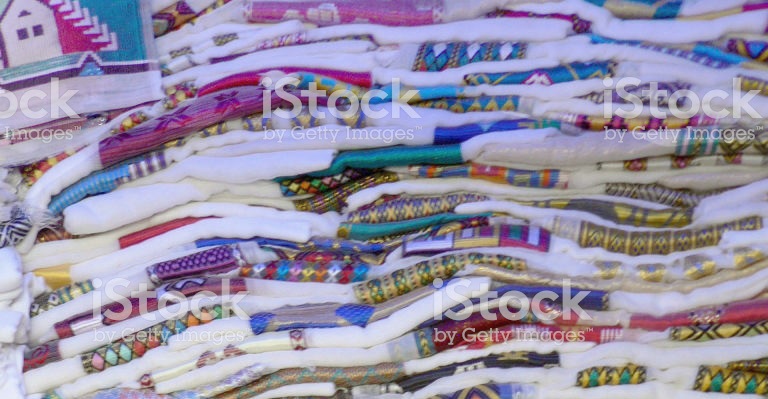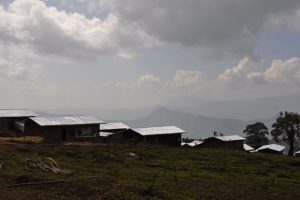
Ethiopia, which comprises more than 80 nations, nationalities and peoples, has indigenous and peculiar cultures, values and traditions. The traditional dressing style of each ethnic group makes the nation tourists’ magnet as its costumes are luring global attention. However, there are challenges when it comes to penetrating into the international market.
What are the textile and garment prospects in the country? How is the nation harnessing the traditional textile potential to support foreign trade? What are the challenges faced in exporting traditional clothing to the global market? What should the government and other pertinent stakeholders do to preserve, promote and enhance traditional fabric?
Ethiopia has constructed industrial parks in different parts of the country and the parks have been striving to exploit the textile and garment potential, says Goitom Gebrekidan, Mekelle Industrial Park General Manager.
He states that Mekelle Industrial Park is diligently working to produce quality textile and garment products to maximize foreign currency earnings. Traditional costumes will be prioritized.
‘‘Our park has been endeavoring to upgrade the textile industry to higher level. It aims also to produce traditional quality dresses that could be competitive in the international market. Producing export standard dresses will have pivotal role in boosting export trade sector. Hence, foreign companies have taken sheds in our park to produce textile and garment outputs that could create impact in international market,’’ he said.
For his part, Jemal Ahmed, Handcraft Development Team Leader at the Ministry of Culture and Tourism says that lack of raw material has been hampering traditional clothing from being competitive in the global market.
Producers need to be provided with sufficient raw material to yield quality traditional cloths that could enhance such export trade, Jemal insists.
‘‘We have amazing costumes that fascinate the world. But due to lack of enough production and quality, the local market is engulfed by foreign textile products. Having understood this problem, we have to produce traditional cloth in a fashionable way to attract the youth and to compete in foreign markets.
Hence, supplying basic raw materials, providing capacity enhancing trainings for producers and introducing modern machinery should be taken as priority to encourage the sector,’’ according to him.
Besides, encouraging producers through providing incentives would enhance the sector and traditional clothes will enjoy better competitiveness in the global market, Jemal highlights.
The team leader adds that regarding producing qualified human power, his ministry is working in collaboration with Bahir Dar University. He added market linkage is being undertaken to support small scale producers.
‘‘If the government doesn’t support small scale producers, the sector will not be competitive in the global market. Thus, we couldn’t promote our hallmark through our clothing styles and vibrant culture,’’ he points out.
The new generation is showing high interest to wear traditional fabrics. Having realized this, producers are adding assets and style on the products to improve their products quality.
Besides, the government is endeavoring to build manufacturing-based economy. Thus, the nation would get ample opportunity to promote and export its traditional costumes.
The Ethiopian Herald November 24/2019
BY TSEGAY HAGOS





